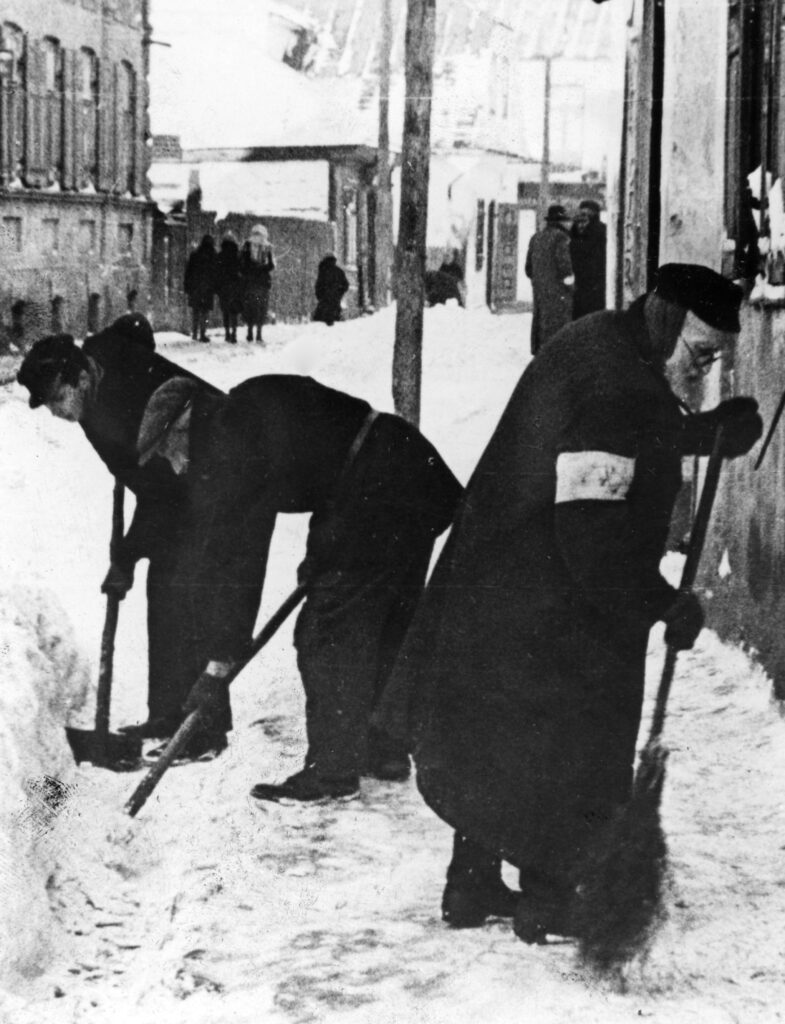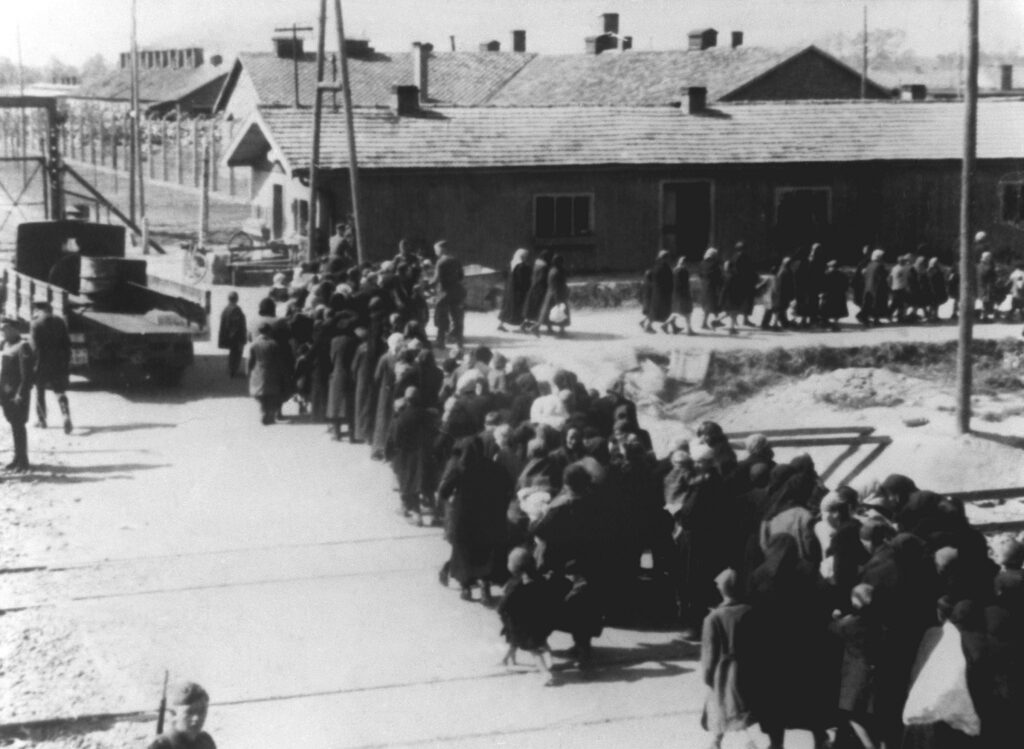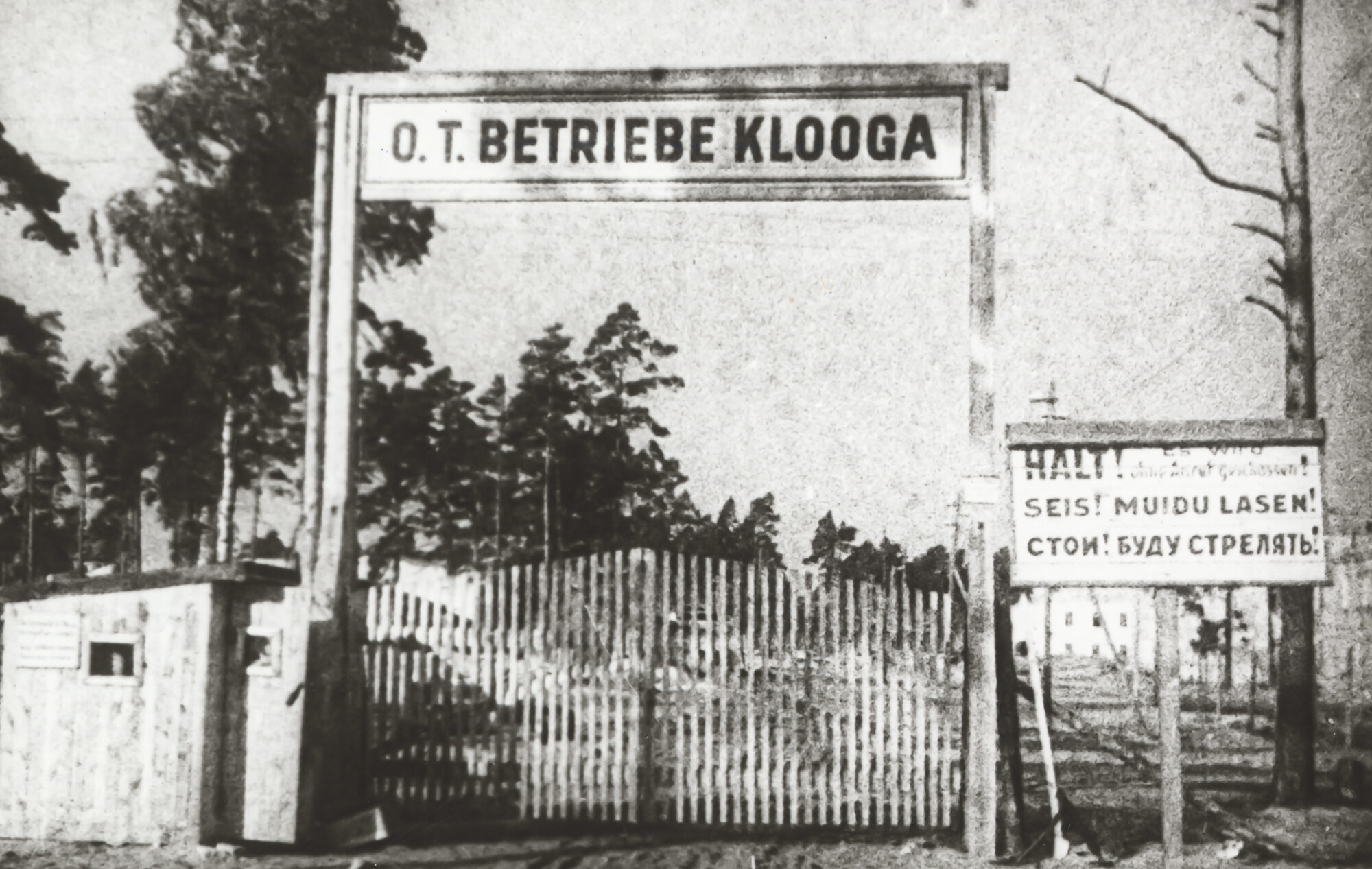The Holocaust was the systematic persecution and mass murder of European Jewry during World War II by Nazi Germany.
The Holocaust was based on Nazi ideology, which proclaimed the Nordic Aryan race to be a superior race, embodied in the German people. The Jews were seen as the antithesis of the Aryan race and, therefore, the eternal enemy. This ideology was used as the justification for the systematic repression and physical annihilation of Jewish people. Nazi ideology was also the foundation for the persecution and mass-murder of European Roma, as well as the repression of politically or socially defined groups.
From 1933 on, when the National Socialists came to power in Germany, they began to implement their political and ideological aims in Germany. Jews were segregated from the non-Jewish population, their political, social and economical rights curtailed. State-sponsored violence against Jews culminated in a pogrom in November of 1938 (often referred to as “Crystal Night”). In this period, Nazi policy aimed at forcing Jews to leave Germany. However, it was difficult to find countries which would admit them. But the majority of German Jews and, after 1938, Austrian Jews managed to emigrate.
The outbreak of World War II on 1 September 1939 allowed Nazi Germany to extend its discriminatory policies to large Jewish minorities of the occupied territories in Eastern Europe, including legislation requiring the wearing of a “Yellow Star”; which two years later was introduced in Germany proper. In Poland, Jews became subject to mass murder, expulsion and deportation. The beginning of the war between Germany and the USSR in the summer of 1941 marked a further radicalisation of the policy against Jews and their systematic annihilation. The Jewish population of all of Europe was the final target of the Nazis. This is apparent in the protocol of the Wannsee Conference in January of 1942, which was held to organize cooperation between various German government authorities concerning the annihilation of Jews. In many countries the genocide developed in stages – from segregation of the Jewish population, expropriation of their property, ghettoisation and finally, deportation to extermination camps, which had been established by the General Gouvernement in a part of occupied Polish territory.
During 1942, labour shortages led to a shift in German policies. While the aim to destroy the Jewish population remained, their labour capacity needed to be exploited before their extermination to support the war effort. To this end, selections of stronger and weaker inmates were conducted in camps; the latter were designated for annihilation at once.
During World War II, an estimated 5.5 – 6 million Jews fell victim to the Nazi regime. After the defeat of Germany these crimes became public. The extent and brutality of the Holocaust continues to shock the world to this day and has had a considerable impact on post-war international law.


